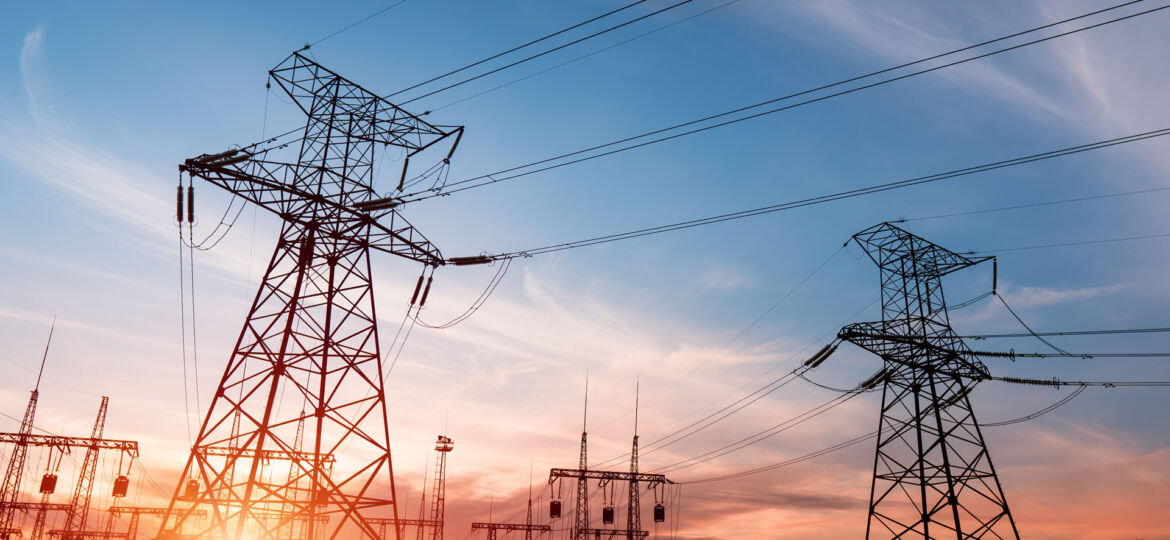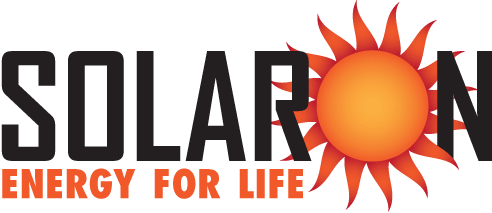
In a previous article, we showed how installing a photovoltaic power system for your home or business is worth the investment now and in the future. The benefit of these systems is recognized by federal and state authorities, as shown by incentives and programs to help with initial costs. Solar power systems provide the homeowner with reliable electricity generated by their own means. What’s more, you can send the surplus energy to the electrical grid and receive credit for the donated amount. This single provision, called net metering, is one of the benefits of going solar.
But not everyone is happy with this arrangement. For decades, utility providers have maintained a virtual monopoly on where a person can get their electricity. The increasing availability and use of solar power systems have caused an upset for many electrical providers. A recent report from PV Magazine showed that three utilities invested significant funding to thwart the progression of solar power systems in California.
The Wrench in the Works
The report says that three investor-owned utilities contributed $1.7 million to an organization called the Affordable Clean Energy for All coalition. Despite their name, this group focused on lowering the value of solar power systems for current and future owners. They lobbied to pass legislation that would greatly reduce how much credit utilities have to give for electricity from solar power systems.
To justify this action the sham coalition cited a “cost shift,” saying that paying others for solar-generated electricity increases the costs for those who rely solely on grid-supplied power. The suggestion was that solar panels represent a “steal from the poor to give to the rich” system. This is the pretext for the coalition’s proposed NEM 3.0, which would reduce the credit rates for electricity sent into the grid from PV system owners by a significant percentage.
The alleged cost shift fueling NEM 3.0 was analyzed by 16 state-level studies, as well as a national study. Their findings disproved the cost-shift argument. The California Solar and Storage Association (CALSSA) listed flaws in the cost shift argument, including:
- Facilities with solar power generally draw 50% less power from the grid, causing less demand on electrical supply.
- By blocking solar power production, utilities effectively keep demand high, justifying their building of infrastructure and rolling the high cost down to the customer.
- The cost shift model bases its estimates on a 9-year lifespan for solar panel systems, but most arrays are built to last 25 years or more (SunPower offers a comprehensive 25-year warranty on all their systems installed by Solaron). This ridiculous estimate skews their results.
- The cost shift argument claims that electricity generated by solar farms or fields, along with transporting the electricity hundreds of miles to consumers, costs utilities the same amount as a person generating electricity from their rooftop and sending the surplus into the grid so their local neighbors can use it. This is an absolute falsehood.
- Simply put, a utility does not need to increase rates because it sells less electricity. Lower demand should lead to lower rates.
CALSSA indicated that any real “cost shift” derives from the utilities themselves. For instance, some utilities focus on transmitting electricity from further distances, instead of locally. This increases costs unnecessarily, and then utilities charge the consumer. According to CALSSA, transmission and distribution costs for PG&E are up 66% since 2016, and unpaid construction and maintenance costs in the industry are over $19 billion. Localized power generation, as with rooftop solar, is key to lowering costs for everyone.
Yet, utilities are still building more power lines and continuing to generate power further away from the consumer. All this despite the fact that longer transmission lines increase the risk of wildfires. In 2017, for example, downed transmission lines from PG&E cost $7.5 billion in wildfire damages. They received special provision from California to increase their customer rates so they can pay for the damages. More rooftop solar therefore reduces the risk of wildfires and the costs they generate for utility customers.
What Does This All Mean?
In summary, investor-owned utilities financed an organization to discredit rooftop solar power systems. Fortunately, the NEM 3.0 proposal has been postponed indefinitely, due to objections from production leaders, environmental groups, grid experts, people in the photovoltaic industry, and property owners with installed solar power systems for their home or business. Nevertheless, it’s very likely that utilities will persist in fighting against solar power instead of embracing it.
With a solar power system for your home, you’ll have more reliable options when it comes to providing electricity for your family’s lifestyle. To get a list of your options and learn more about solar power benefits, call Solaron at the phone numbers listed above, or you can schedule a free solar analysis using our online form.


Going solar is a smart choice for anyone who is looking to reduce their carbon footprint, save money on their electricity bills, and do their part to help protect the environment. With the increasing concern about climate change and the need for clean and renewable energy sources, now is the time to consider making the switch to solar energy.